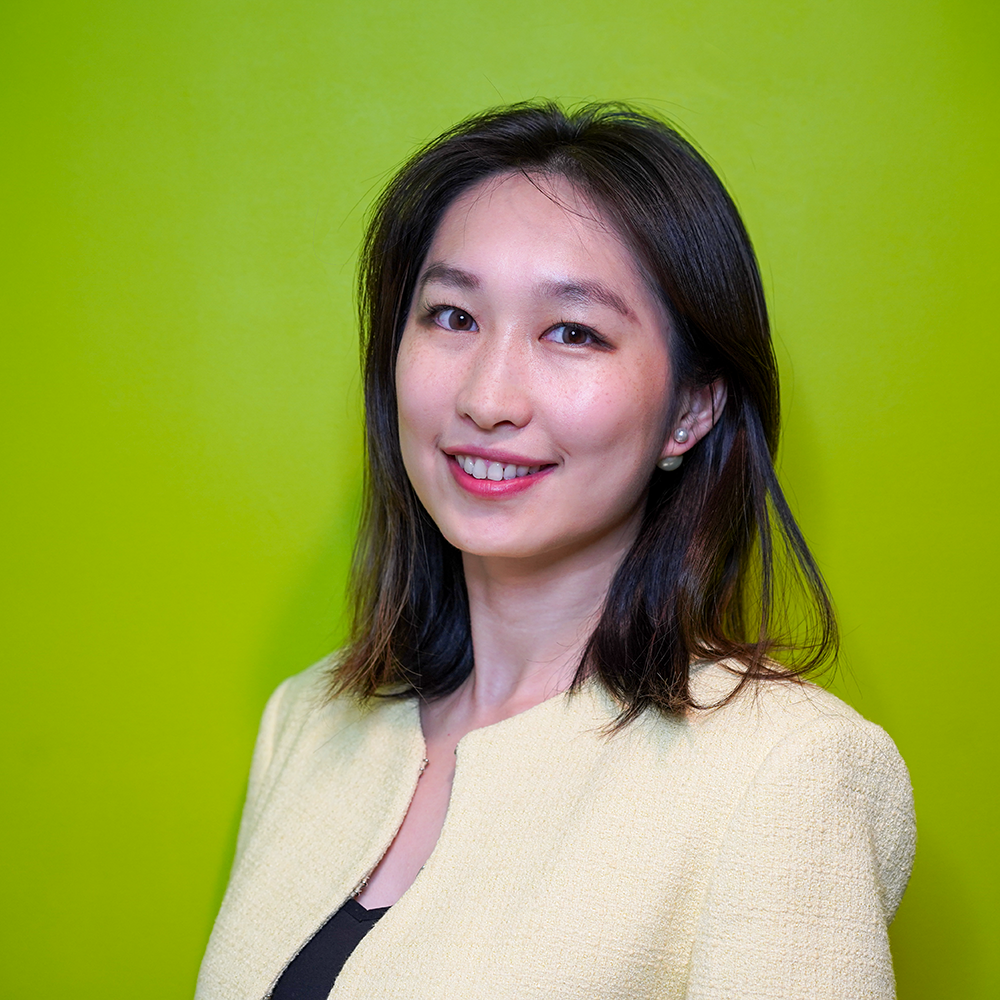J. Roc Jih

Founding Principal, Studio J. Jih
Professional or personal website:
Degree(s):
Bachelor of Arts, Brown University; Master of Architecture, Harvard Graduate School of Design
Professional interests:
Cultural geometry
BSA Involvement:
BSA Membership Committee
When did you first become interested in architecture as a possible career?
As an undergraduate student, through Dietrich Neumann, who teaches architectural history at Brown.
If you could give the you of 10 years ago advice, what would it be?
To explore more outside architecture and to gather a greater diversity of experiences between fields of knowledge and ways of living.
Has your career taken you anywhere you didn’t expect?
The current two projects on the boards have taken us to fairly unexpected locales: the Puerto Rican mountainous forest and central Yangon, Myanmar.
Which one of your current projects excites you the most?
I think that I’m equally excited by two current projects that have led to a sort of crystallization of what the firm is interested in. First, our shortlisted proposal for the Los Angeles Memorial to the Chinese Massacre of 1871, and second, a community space and amphitheater in Yangon, Myanmar, which I’m beginning to call cultural geometry. By that I mean we’re starting to measure, define, and design around the dimensions, proportions, and precise geometric relationships that may allow a space to feel or function in familiar ways to members of a culture or diaspora without relying on the use of symbols, images, and/or caricatures. This was an ethos I developed while designing for the Chinese Memorial.

We are arguably experiencing a second historic surge of anti-Asian sentiment and violence in this country, echoing its first peak during the Chinese Exclusion Act of 1882, during which design was used as a tool to make Disney-esque Chinatowns that relied extensively on symbolism, image, self-caricature, and self-exotification as a protective measure after many Chinatowns were burnt to the ground. We wanted very much to take a different tack in our present moment—to not rely on self-caricature in order to gain acceptance but to produce forms and spaces that would feel familiar through their sizes, proportions, textures, and rituals, rather than simply looking familiar. And in this way, we hope that the memorial might be able to bring in a more diverse Chinese American diaspora, who may not feel served by traditional Chinese imagery and symbolism.

What does equity mean to you?
I see equity as the equality of opportunity, voice, role, and impact.
What are some changes that you have implemented in your firm (or for yourself) to address issues of equity in your profession?
Within the studio, we seek to bring a diverse set of cultural, identity-based, and socioeconomic concerns as key drivers of both research and built projects. As an example, I’ve recently put up an exhibition at MIT called Tracing Queerness, which traces networks of queer spaces, events, persons, and histories radiating out from MIT within the broader New England area.
What is the most effective step you’ve taken in your work toward a more sustainable built environment?
We try to address this issue both in research and in practice. In my research and teaching at MIT, I investigate topics of modularity and material efficiency in relation to material or construction systems, particularly keeping an eye open to non-Western practices and materials, such as rattan or thatch. In practice, we often convince clients not to tear down existing structures but to engage in adaptive reuse and through the upgrading of the building envelope, still radically transform the structure, its parti, and form.
Who do you most enjoy partnering with on a project?
I’ve often partnered with some close friends from graduate school, whom I’ve continued to grow alongside: James Leng and Jennifer Ly of the San Francisco–based Figure, and Sean Canty.


What are you reading right now?
Right now, I’m caught between reading new books and revisiting old friends. On the front of the new, A Billion Black Anthropocenes or None by Kathryn Yusoff is really igniting a lot of excitement. On the front of old friends, I’m skimming between Susan Sontag’s Illness as Metaphor; Lauren Berlant’s Cruel Optimism; and, for the pleasure of poetic prose, Maggie Nelson’s Bluets.

